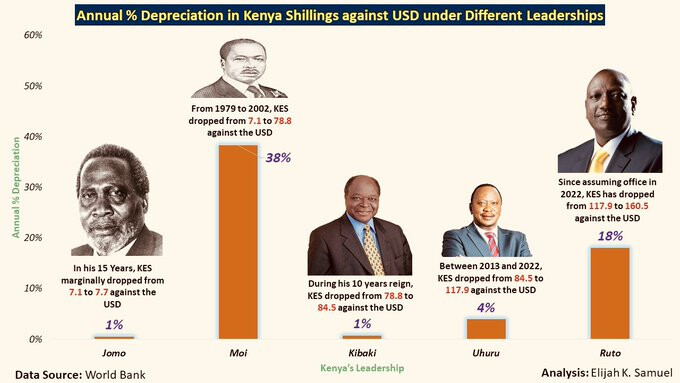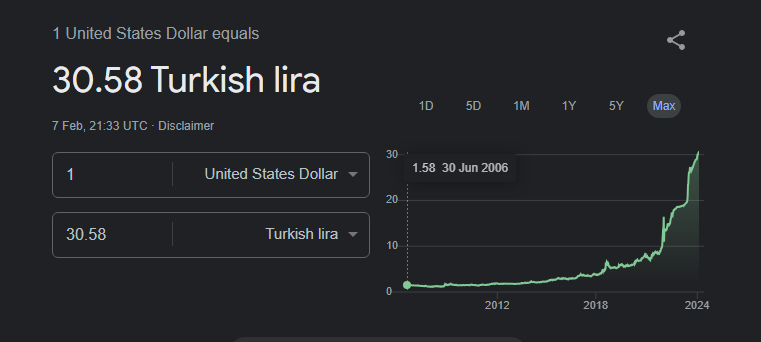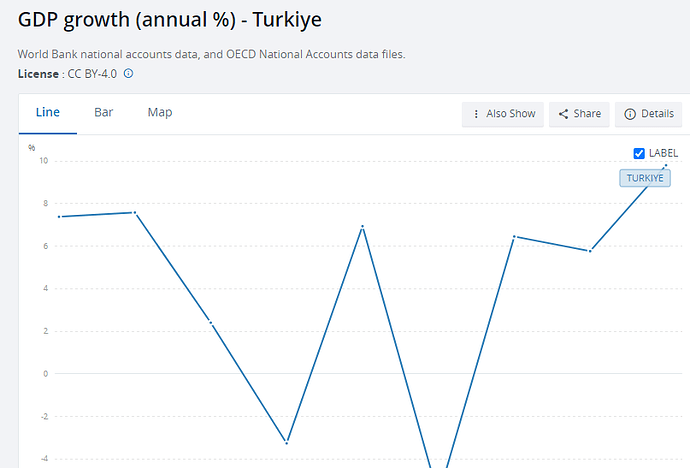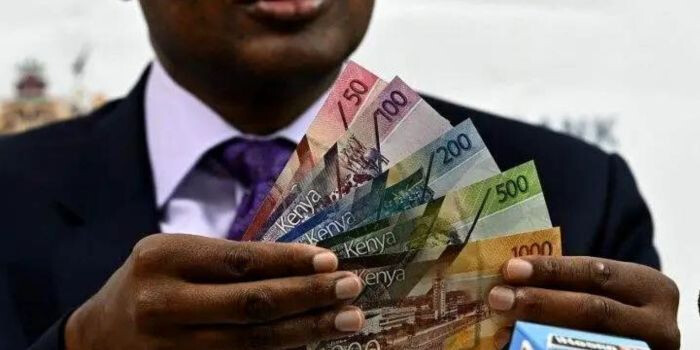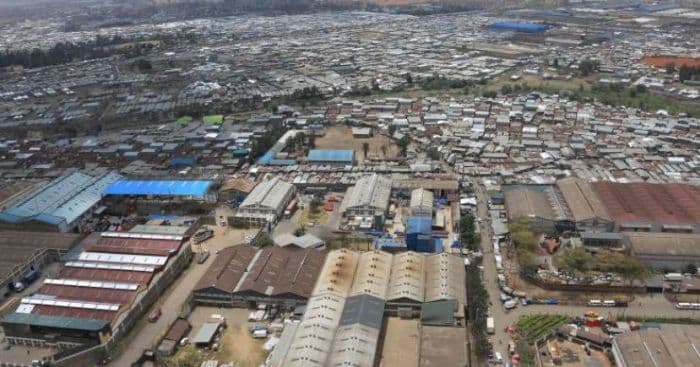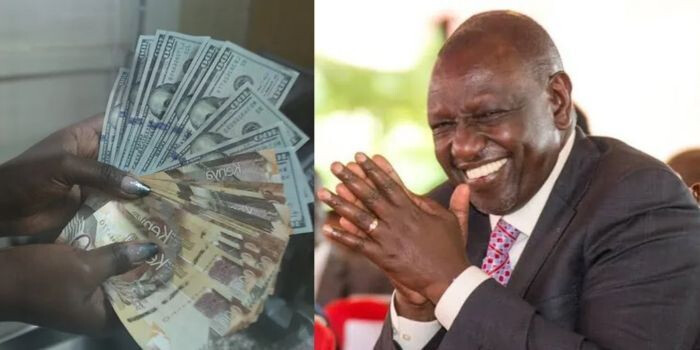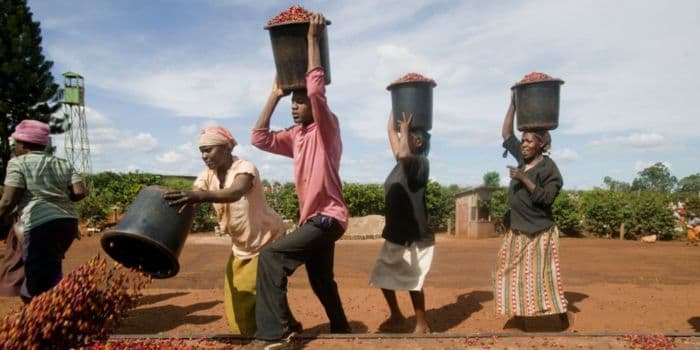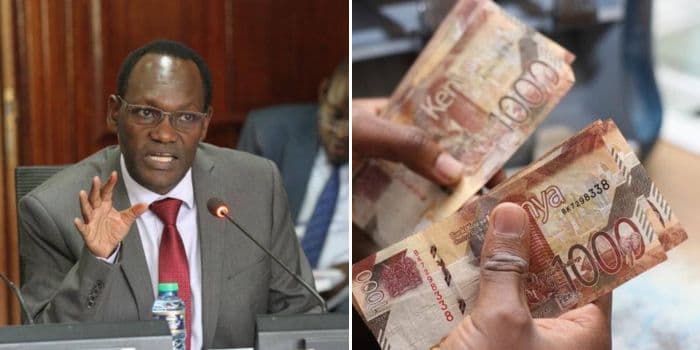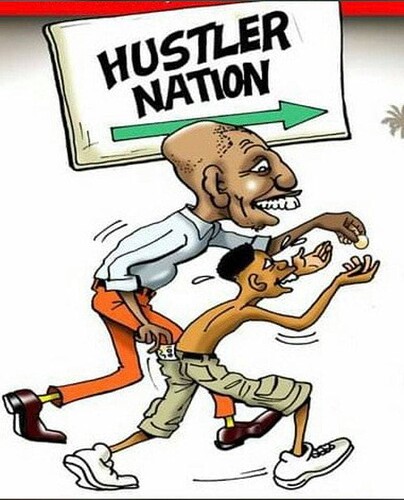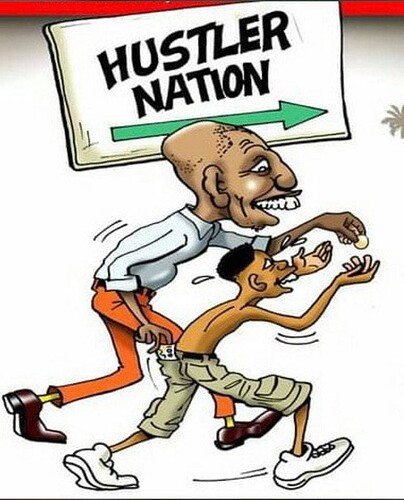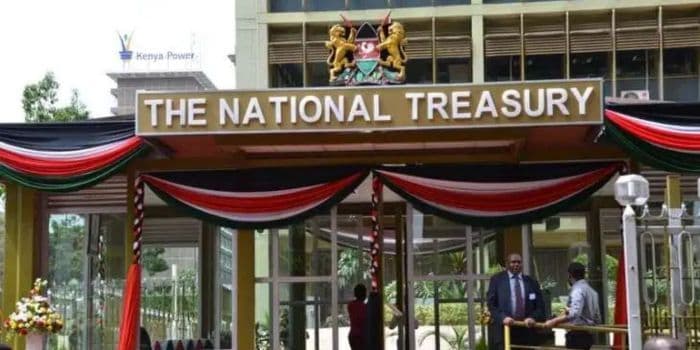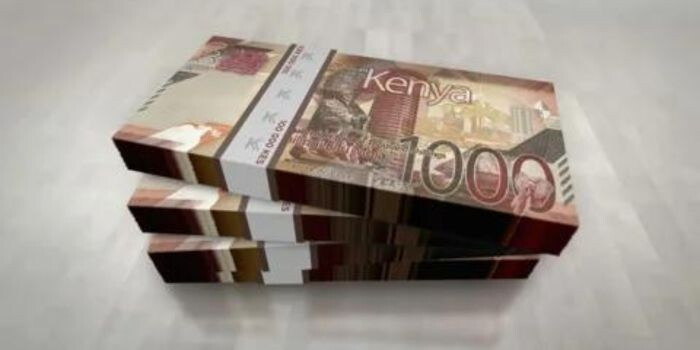The Kenya Association of Bankers (KBA) has attributed the recent gain recorded by the Kenyan Shilling to the successful floatation and pricing of the Ksh212.3 billion ($1.5 Eurobond) maturing in 2031 that Kenya sold last week.
According to the bankers, the development serves as an indicator of investors’ confidence in Kenya’s economy.
KBA also explained the successful pricing of the Eurobond, at a 10.375 per cent interest rate, which is an all-time high for an African State issuing a bond, is also one of the factors behind the Kenyan Shilling’s recent rally.
Additionally, the Eurobond contributed by increasing the foreign exchange reserves within the economy a move which has served to strengthen the Shilling.
Further, KBA stated that another factor that contributed to the growth of the Kenyan shilling against the Dollar was the successful sale of an infrastructure bond.
“The strengthening of the Kenya Shilling against the US Dollar is rightly attributable to growing confidence in Kenya’s macro-economic performance and outlook, including the recent floatation and successful pricing of a US $1.5 Eurobond,” stated KBA.
The government has already revealed that the infrastructure bond was oversubscribed, garnering Ksh241 billion ($1.58 Billion) which was about three times more than Treasury mandarins were expecting.
These factors combined are said to have positively impacted the Shilling which is currently trading at Ksh141 down from Ksh160 two weeks ago.
Additionally, reports by Reuters indicate that the Central Bank of Kenya (CBK) intervened to purchase dollars from traders to curb the Shilling’s volatility.
The report indicated that Kenyans had rushed to sell Dollars owing to the Shilling’s resurgence, with the Central Bank purchasing them to stabilise the economy.
Despite the Shilling showing signs of recovery, economist Churchill Ogutu has warned that Kenyans should not expect the resurgence to be permanent.
“From a short-term perspective, based on the money that is coming in and there is not much import demand, definitely that will prop the Shilling,” the economist told Kenyans.co.ke in an interview on February 14.
Meanwhile…
President William Ruto’s administration spent Ksh104 billion to service external debt between July and December 2023.
This was captured in the Quarterly Economic and Budgetary Review released by the National Treasury detailing spending for the first half of the 2023/2024 Financial Year.
According to the review, 18 foreign nations received payments including; Abu Dhabi, China, Saudi Arabia and the United States.
Additionally, Kenya made payments to financial institutions including; the Word Bank and the Asian Development Bank to the tune of Ksh49 billion.
The country also booked commercial loan payments totalling Ksh85 billion.
Ruto during a meeting with the United Arab Emirates (UAE) President Sheikh Mohamed bin Zayed Al Nahyan on December 3, 2023
“By the end of December 2023, the total cumulative debt service payments to external creditors amounted to Ksh 239.6 billion,” the National Treasury reported.
“This comprised of Ksh134.6 billion (56.2 per cent) principal and Ksh105 billion (43.8 per cent) interest.
China received the lion’s share of the repayments at Ksh72 billion. This was in line with an earlier admission by National Treasury Principal Secretary Chris Kiptoo that a similar amount had been paid in relation to the Standard Gauge Railway and other Chinese-sponsored infrastructure projects.
In the European Union, Kenya made sizeable payments to Belgium (Ksh1.3 billion), Denmark (Ksh156 million), Finland (Ksh218 million), France (Ksh13 billion), Germany (Ksh3 billion), Italy (Ksh7.7 billion), Poland (Ksh58 million), Austria (Ksh75 million), and Spain (Ksh1.1 billion).
Kenya further made payments to Gulf Countries including Abu Dhabi (Ksh12 billion), Kuwait (Ksh105 billion) and Saudi Arabia (Ksh179 billion).
The three Gulf countries sold to Kenya fuel on a 180-day credit line under the Government to Government oil deal.
Other countries that Kenya paid after taking out loans from include; India (Ksh733 million), Israel (Ksh540 million), Japan (Ksh3.7 billion), Korea (Ksh143 million) and the United States (Ksh181 million).
While Kenya paid only Ksh181 million to the United States, it paid Ksh32 billion to the International Development Association (IDA), a World Bank subsidiary.
The United States is the World Bank’s leading shareholder.
International Bank for Reconstruction and Development which is also owned by the World Bank received Ksh3.8 billion.
Other financial institutions that received a huge chunk of loan repayments included; the Asian Development Bank (Ksh10 billion) and the International Fund for Agricultural Development (IFAD) (Ksh622 million).
Interestingly, Kenya did not make any payments to the International Monetary Fund (IMF) for the first half of the 2023/2024 financial year.
